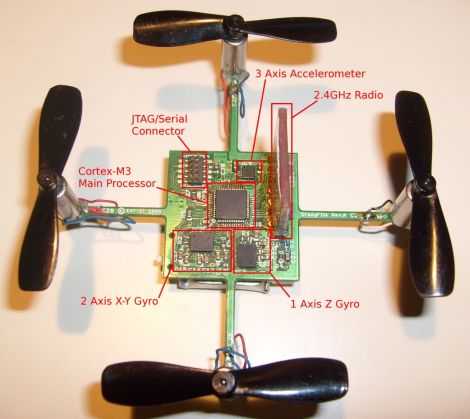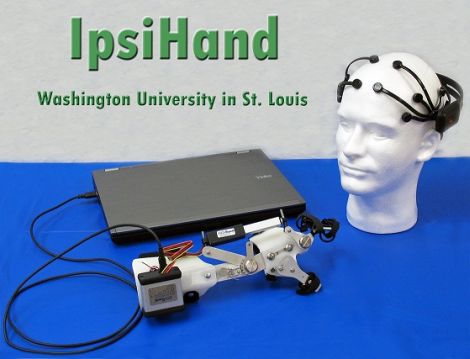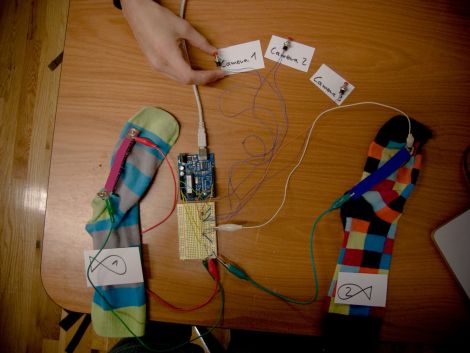Custom EBike with a 200+ km range

[Doctorbass] constructed an awesome electrical bike back in 2008 from a Mongoose bicycle. The bike boasts a top speed of 76km/h and a total range of 210 km on a single charge. Some car company needs to hire this guy STAT.
[via Make]
Build to order Xbox 360 laptops

[Ed] recently got his hands on a CNC machine and immediately constructed an Xbox 360 laptop. They look pretty sharp, and he’s willing to make a custom laptop if you are interested. We’re thinking someone needs to organize a contest between [Ed] and [Ben Heck].
A portable GameCube to rule them all

It’s no secret we enjoy portable console hacks around here, and this portable GameCube is quite the looker. Clearly a lot of thought and work went into this mod, and it shows.
[Thanks, Samjc3]
Ultrasonic backup sensor for the parking impaired

If you decided not to spring for those backup sensors on your new ride, [Eric’s] got you covered. He walks us through how he created an ultrasonic backup sensor using an Arduino and an add on programmable logic board.
Mega laser construction begins

Europe’s Extreme Light Infrastructure project is set to start building the world’s most powerful laser measuring in at 200 petawatts. Scientists are betting on the laser to be able to tear apart the vacuum of space and time itself, if only for a fraction of a second. Seems like a solid plan to us – what could possibly go wrong?
[Thanks, KonaStar]

















